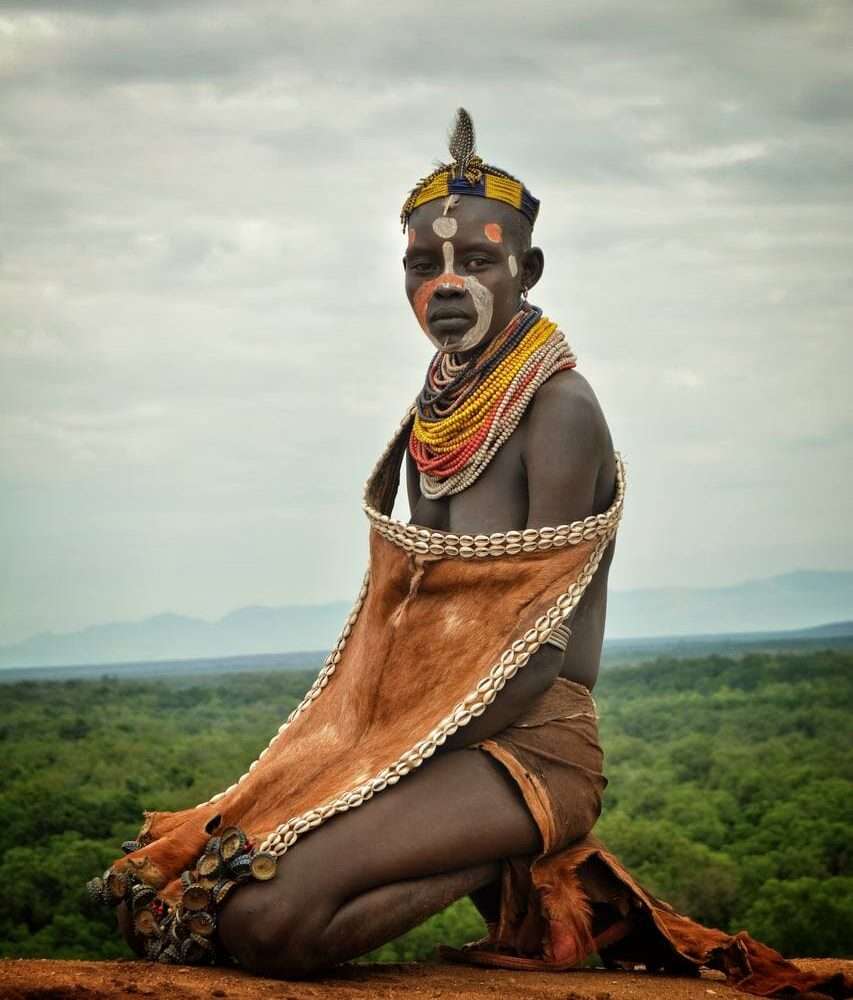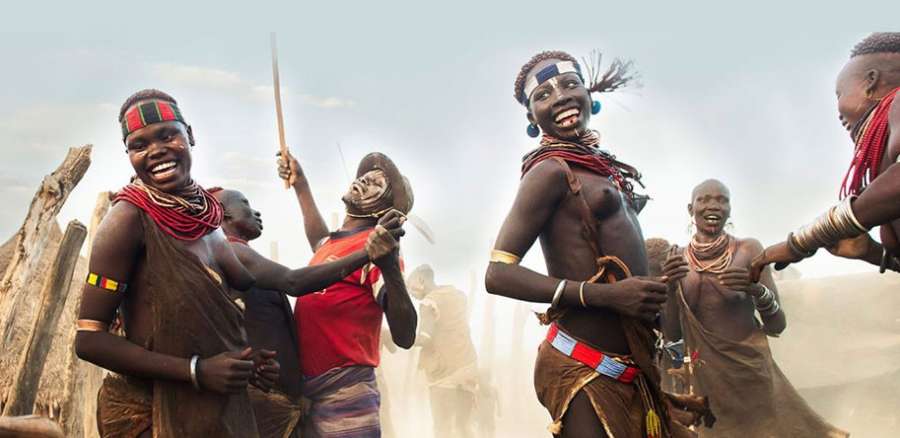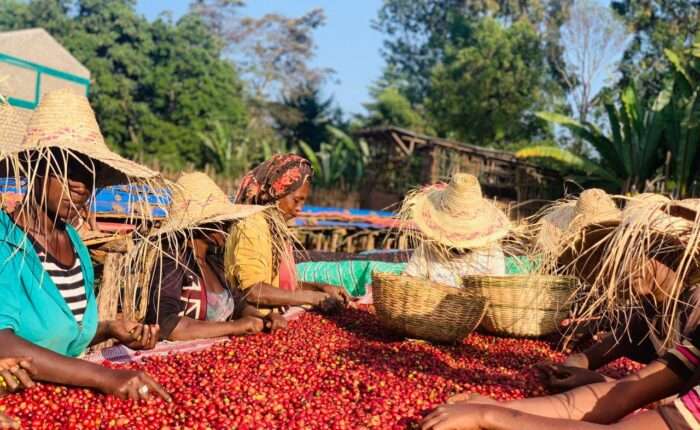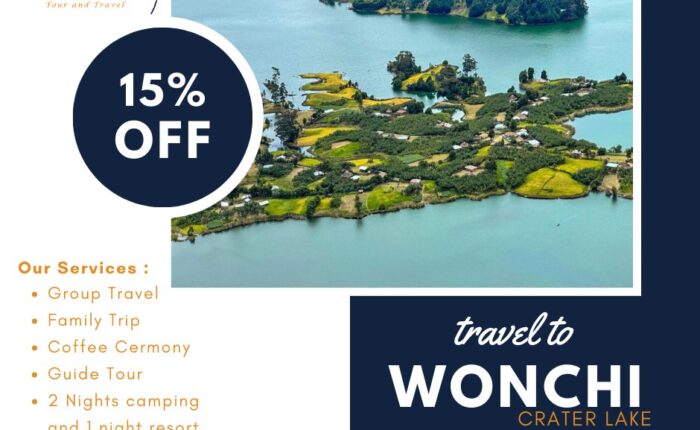Southern omo tribe: A Cultural Journey to the Heart of Ethiopia
Southern omo tribe Valley in Ethiopia is home to some of the world’s last unaltered cultural groups. In fact, these tribes have preserved their ancestral customs for centuries, offering visitors a unique glimpse into a vanishing way of life.
The Omo Valley is a land of contrasts. Whereas lush forests and savannas meet the dry, arid desert, the tribes of the Omo Valley are just as diverse. Each group has its own unique culture and traditions. Some of the most well-known tribes in the Omo Valley include the Benna, Hamer, Mursi, Karo, Dasenech, Arbore, Nyangatom, and Borenna. These tribes are known for their vibrant costumes, elaborate ceremonies, and joyful celebrations. A visit to the Omo Valley is a journey into the heart of Ethiopia’s rich cultural heritage. Visitors can learn about the traditional way of life of these fascinating tribes, and experience the magic of Africa at its most authentic.





